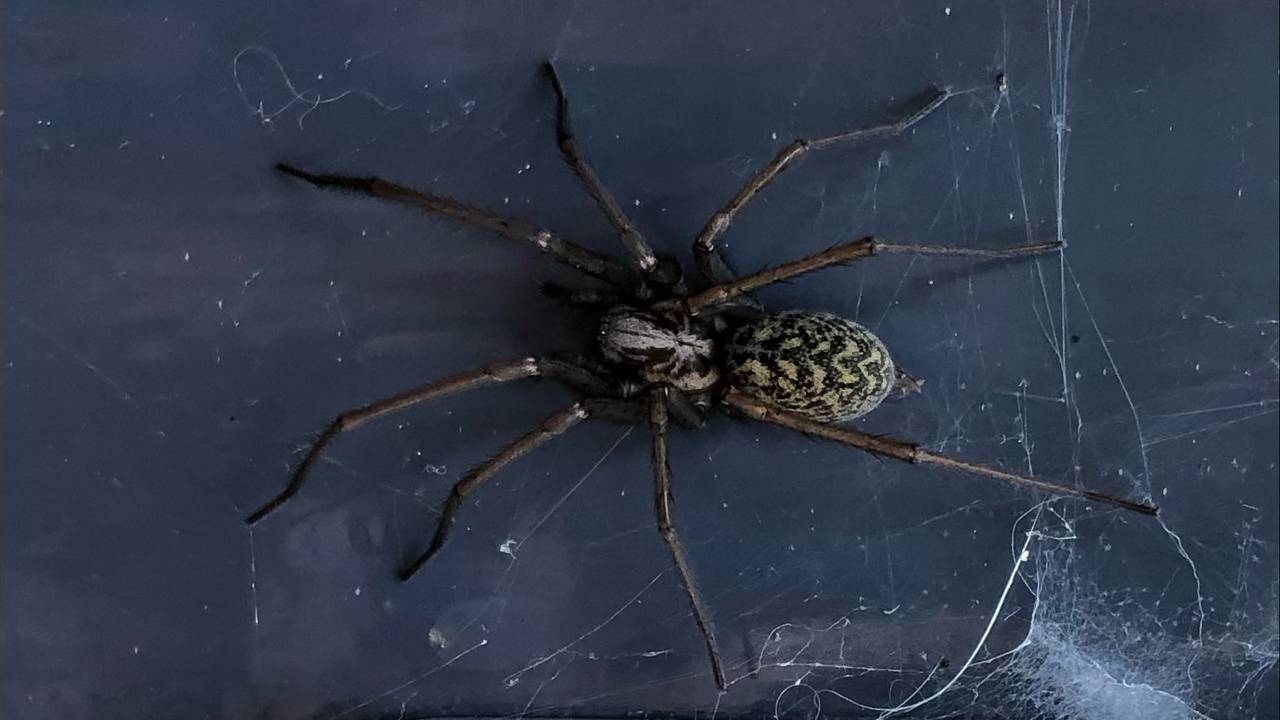Every Sunday there is also a new episode of the Stuifmail podcast. Listen to it here:
Waiting for privacy settings…
Hat scared of a spider
Sandra Verhees sent me a really beautiful photo of a spider. She added that she was shocked by this spider, but she dared to take a picture of it. The name of this spider is common house spider. Females of the common house spider can grow up to eighteen millimeters in length. They make somewhat messy funnel webs. They like to do this in hard-to-reach corners in barns, but also in cellars and rooms. At night the females sit on a specially made web elsewhere and during the day they rest in the front of the funnel web. The males, which grow to a maximum of fifteen millimeters in length, are long-legged and you mainly encounter them at the beginning of autumn or late summer, looking for a partner.

Whose are those beautiful spun tubes?
H. Siepel sent me a photo of a strange fabric. H. Siepel himself thought of an ant tunnel. I thought this had to be a spider thing. Still, I had my doubts, so I called in an expert from Naturalis. Their answer is that they are very likely silk threads (housing tubes) of juvenile common mining spiders. These young mining spiders make those special threads to balloon from at appropriate times. This means that those young mining spiders fly away with the wind via a spider thread.
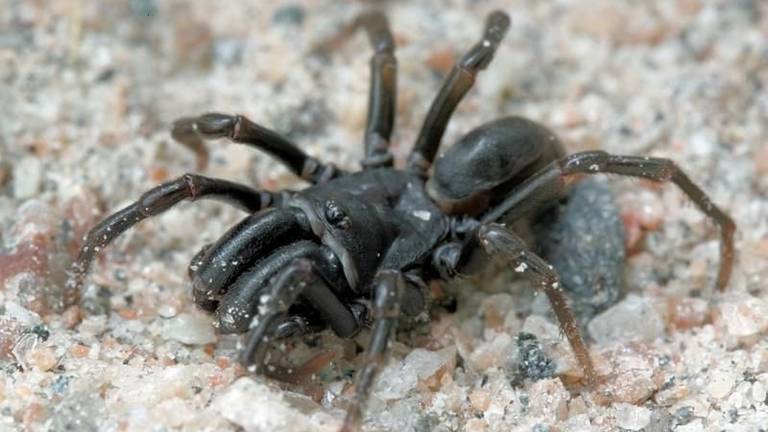
Male common mining spiders grow to a maximum length of nine millimeters and the females fifteen millimeters. Females live in a so-called housing tube. After mating, the female lays her eggs in that housing tube. The young animals swarm out after some time and then make their own living tube.
Jay has mouse for lunch
Piet van Beurden sent me one movie which shows that a jay has caught a mouse. This is indeed special. The mouse must be injured and weakened. Or the mouse didn’t pay attention for a while and that’s why the clever jay had something tasty for lunch.
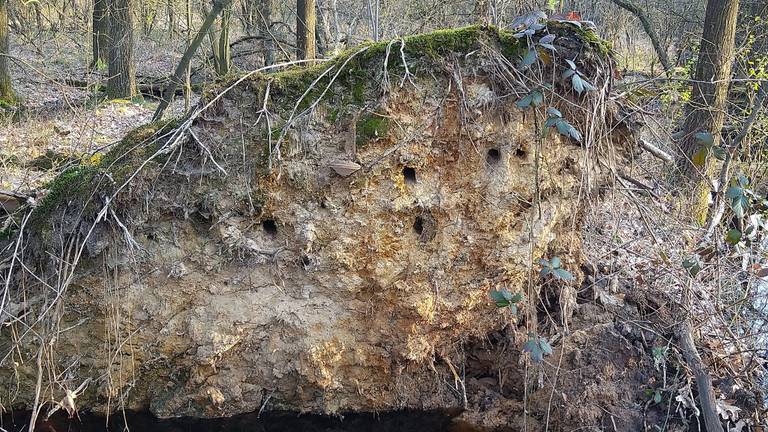
Clod of a fallen tree full of holes
Monique Spooren came across a clod of a fallen tree during her walk through the Kampina nature reserve. What surprised her was the holes in that clod. She wondered what these holes are. An acquaintance suggested that these might be nests of sand martins. That may be true, but wrens and even robins sometimes make such holes. In addition, kingfishers are increasingly found in the root balls of trees. That makes sense, because many straight walls in streams are now overgrown with brambles due to the high content of nitrogen in the air. On the other hand, they have a better stay in such a clod, because very high water cannot harm them. Things can sometimes go wrong at a stream bank and then the nest holes fill up at high tide. Result: all floating dead young kingfishers. Of course, the depth of the root ball for a kingfisher should be somewhat close to three feet, as that is the normal depth for a kingfisher’s nest.
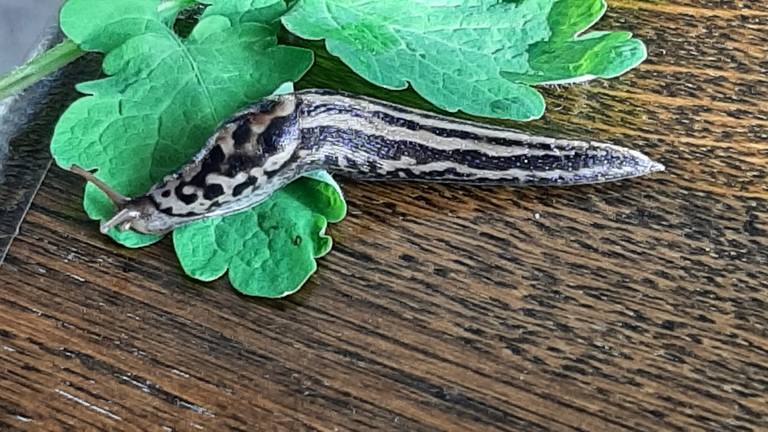
Beautiful snail in the garden
Henk and Martha Mathijssen sent me an email because they found a beautiful snail in the garden. They want to know what species it is. As you can see in the photo, this is a tiger snail. The tiger snails are the largest nudibranchs that can be found in Europe. Tiger snails – also called large snails – have a maximum length of eight inches. They are huge eaters and true omnivores. The menu of these snails includes plants, as well as dog and cat food, as well as cellar supplies. They also eat other slugs, snails and mushrooms. You mainly encounter these huge slugs in public gardens, gardens and on compost heaps. You can also find them in cellars, garden sheds and sheds if it is damp there. After mating, they lay transparent, oval eggs under planks and loose stones. From August to autumn you can encounter these eggs, about a hundred pieces together. After about three weeks, the young tiger snails hatch from the eggs. Tiger snails do not hibernate. In case of real frost, they do crawl into the ground.
Waiting for privacy settings…
Kingfishers or kingfisher – Inland shipping in the Picture
The kingfisher is a bird that likes to be near water. This bird is a striking appearance with its beautiful blue and orange colors. The alcedo atthis is the only kingfisher species that occurs as far as northern Europe, including the Netherlands and Belgium. At least, the subspecies: alcedo atthis ispida. Most kingfishers live in the tropics.
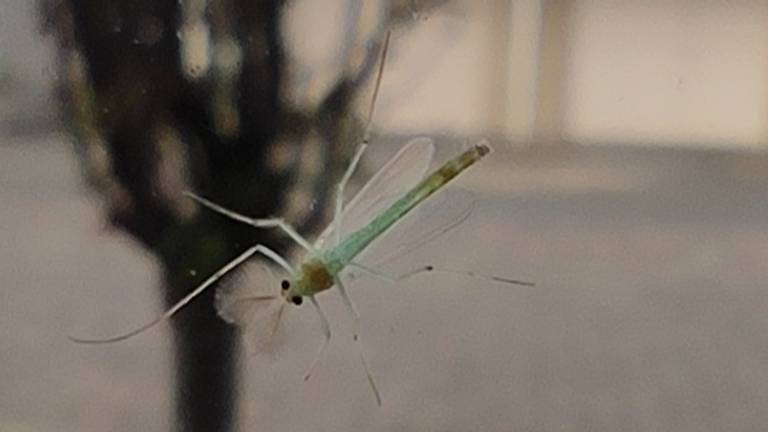
Insect on the window is not a lacewing, but what is?
Drewes van der Laag sent me a picture of an insect on the window. At first he thought this was a lacewing. Later he saw that the animal had feathery antennae, so it could not be a lacewing.
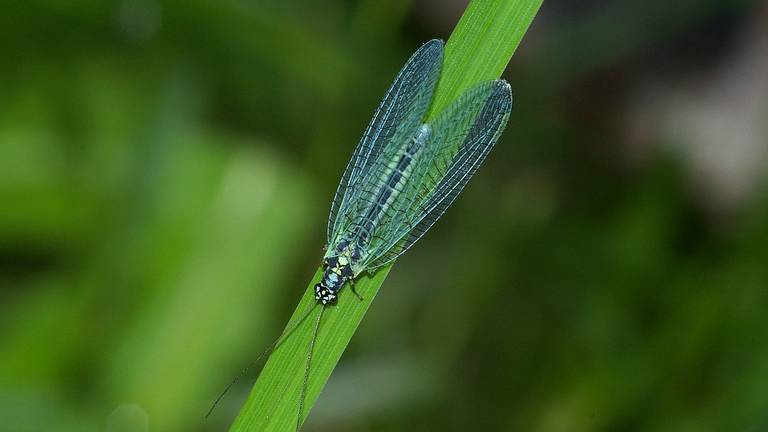
And that’s right, because this is not a lacewing, but a very beautiful dancing mosquito. One where you can’t give the species name directly, so we say dansmug spec. If you can’t pinpoint the full name by sight, more research needs to be done through microscopes. Dancing mosquitoes grow to about ten millimeters in length. They are harmless animals that cannot sting. In contrast to mosquitoes, they have larger white transparent wings that are folded like a shelter on the back in resting position. Mosquitoes have smaller, transparent wings. In particular, the males of dancing mosquitoes have two large, feather-like projections on the head. That is why they are also called feather midges.

Seen at a resting place, but is it a hare or a rabbit?
Cor Meeuws sent me a photo, but he wasn’t sure whether he captured a rabbit or a hare. It is clear to see that this is a hare. First of all considering the coat. It is greyish yellow to rusty brown with brown spots and serves as camouflage. Rabbits have more of a gray-brown coat with an ocher neck. You can also see that the ears, which lie completely flat, are longer than those of rabbits. The fact that the animal is flattened in the grass also indicates a hare. Rabbits usually don’t do this. In the event of danger, they flee to their rabbit holes. Hares can’t do this because they don’t have holes.
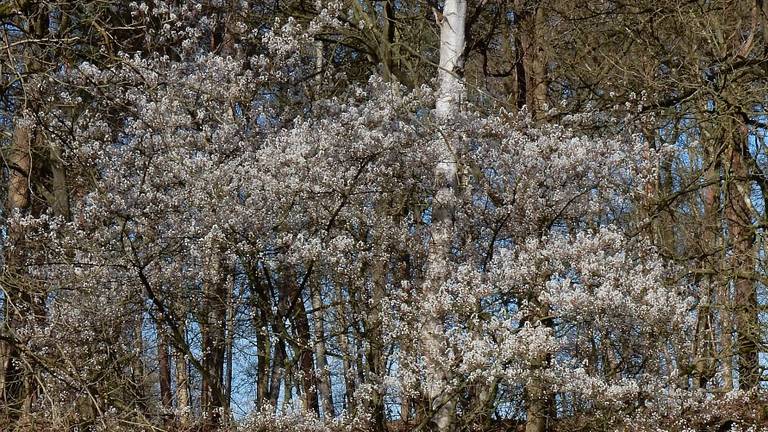
Lots of white blossom in the woods lately, where what is it?
Eric Roest has seen a lot more white blossom in the woods in recent years. He wonders what bush he sees. The name of this shrub is American Currant Tree. The first part of the name already says that this is an exotic. In the beginning, this shrub was seen as an invasive exotic, alongside the American oak and in particular the American bird cherry. These species therefore had to disappear, because they caused a reduction in biodiversity.
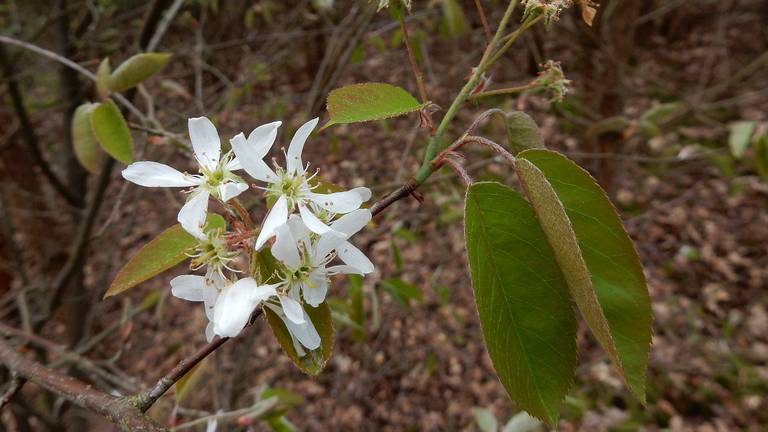
At the moment, the American currant tree is tolerated because of the reduction of nectar and pollen, which bees in particular desperately need. That is why this shrub is currently more noticeable, especially in the time when there are flowers on the shrub.

Beautiful photos section
In the section beautiful photos this time a photo that André van Drunen made of a surprise menu for a kingfisher. Instead of another fish, he caught a delicious salamander this time.

Nature tip
Plantjesmarkt Reeshof 2023 will take place from eleven in the morning to four in the afternoon at Huibevendreef 22 in Tilburg. Do you want to buy new plants? Do you crave delicious honey? Are you looking for ceramics? Or maybe you want jewelry, arty decorations or would you like to meet writer Juul Williams? Be that as it may, this annual wonderful reunion of nature lovers, regional entrepreneurs, home industry professionals and people with green fingers is ready for you again! Come enjoy with like-minded people!
More information:
• Location Huibevendreef 22 Tilburg, which is in the Reeshof.
• Event of Garden of Italy and reeshof journal, see link
• Do you want to know more about Juul Williams, see this link
2023-04-23 07:30:30
#Sandra #shocked #spider #Frans
